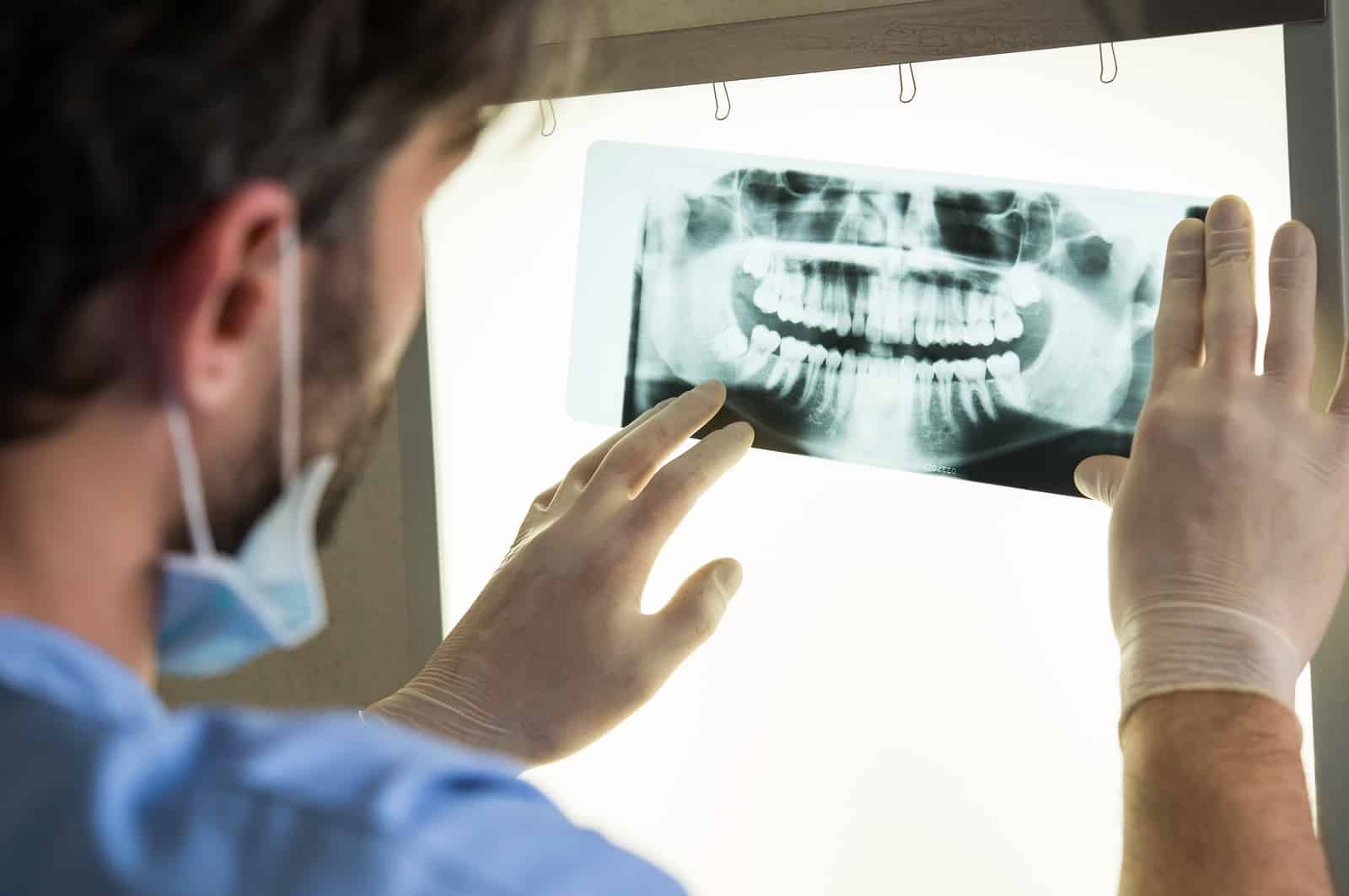
DIGITAL X-RAYS
High-Tech, Low-Radiation Digital Dental X-Rays in Pleasant View & North Ogden, UT
When it comes to your smile, knowledge is power—and digital dental X-rays provide that knowledge faster and safer than ever before. At Mountain View Dental, we proudly offer cutting-edge digital dental X-rays for patients in Pleasant View and North Ogden, Utah. Whether you’re coming in for a routine checkup or planning for more extensive dental work, digital X-rays help our experienced dentists see what the naked eye can’t.
So, what makes digital X-rays the smart choice? Keep reading to learn why more patients (and their smiles) are benefiting from this modern technology.
What Are Digital Dental X-Rays?
Digital dental X-rays are a modern alternative to traditional film-based radiography. Instead of using film that needs to be developed in a darkroom with chemicals, digital X-rays use electronic sensors to capture highly detailed images of your teeth, jaw, and mouth. These images are instantly viewable on a screen, allowing your dentist to make faster and more accurate diagnoses.
Think of them like HD television for your teeth—cleaner, clearer, and safer.
The Top Benefits of Digital X-Rays
Digital dental X-rays offer a wide range of benefits for patients in Pleasant View and North Ogden. Here’s why we’ve fully adopted them at Mountain View Dental:
1. Significantly Less Radiation
Your safety is always our top priority. Digital X-rays expose you to up to 90% less radiation compared to traditional film X-rays. That’s a game-changer for anyone concerned about long-term radiation exposure.
2. Crisp, High-Resolution Images
Digital sensors produce high-resolution images that can be enlarged or enhanced for better visibility. This helps your dentist spot even the tiniest cavities or early signs of gum disease before they become bigger issues.
3. Instant Results
There’s no waiting for film to develop. With digital X-rays, your dentist can view the images within seconds, explain what they’re seeing in real time, and begin any necessary treatment right away.
4. Zoom, Enhance, and Share
Our advanced imaging software allows us to zoom in on areas of concern, adjust brightness and contrast, and even share the images with specialists or insurance providers with a few clicks.
5. No Film = No Mess
Say goodbye to messy chemicals and hazardous waste. Digital X-rays are eco-friendly, reducing our environmental footprint while keeping your visit clean and efficient.
6. More Comfortable for Patients
Our sleek, modern sensors are designed to be more comfortable in your mouth than bulky traditional film. No sharp corners, no gagging—just simple, stress-free imaging.
7. Better for Long-Term Monitoring
Digital files can be easily stored and compared over time, making it simple to track changes in your dental health and monitor treatment progress.
When Are Digital X-Rays Needed?
Digital dental X-rays aren’t just for new patients. They play a vital role in both diagnosis and treatment across a variety of situations:
For Adults:
Planning for Dental Work
X-rays are essential when planning procedures like dental implants, crowns, bridges, dentures, and orthodontics. We use them to assess jawbone density, tooth positioning, and more.
Detecting Tooth Decay and Infections
Some decay and infections hide beneath the surface. X-rays help uncover these issues early—before they cause pain or serious damage.
Spotting Bone Loss
Gum disease can lead to bone deterioration around the teeth. Digital X-rays help us monitor your bone health and intervene as needed.
Checking for Impacted Teeth or Abnormalities
Wisdom teeth, cysts, and tumors are often invisible during a visual exam but are easy to spot with a digital X-ray.

For Children and Teens:
Monitoring Tooth Development
X-rays help us track incoming adult teeth and ensure they’re developing in the right direction.
Planning for Orthodontics
Before braces or Invisalign, digital imaging gives us the full picture of jaw alignment and bite positioning.
Early Detection of Problems
The sooner we catch cavities or bite issues, the easier (and less expensive) they are to treat.
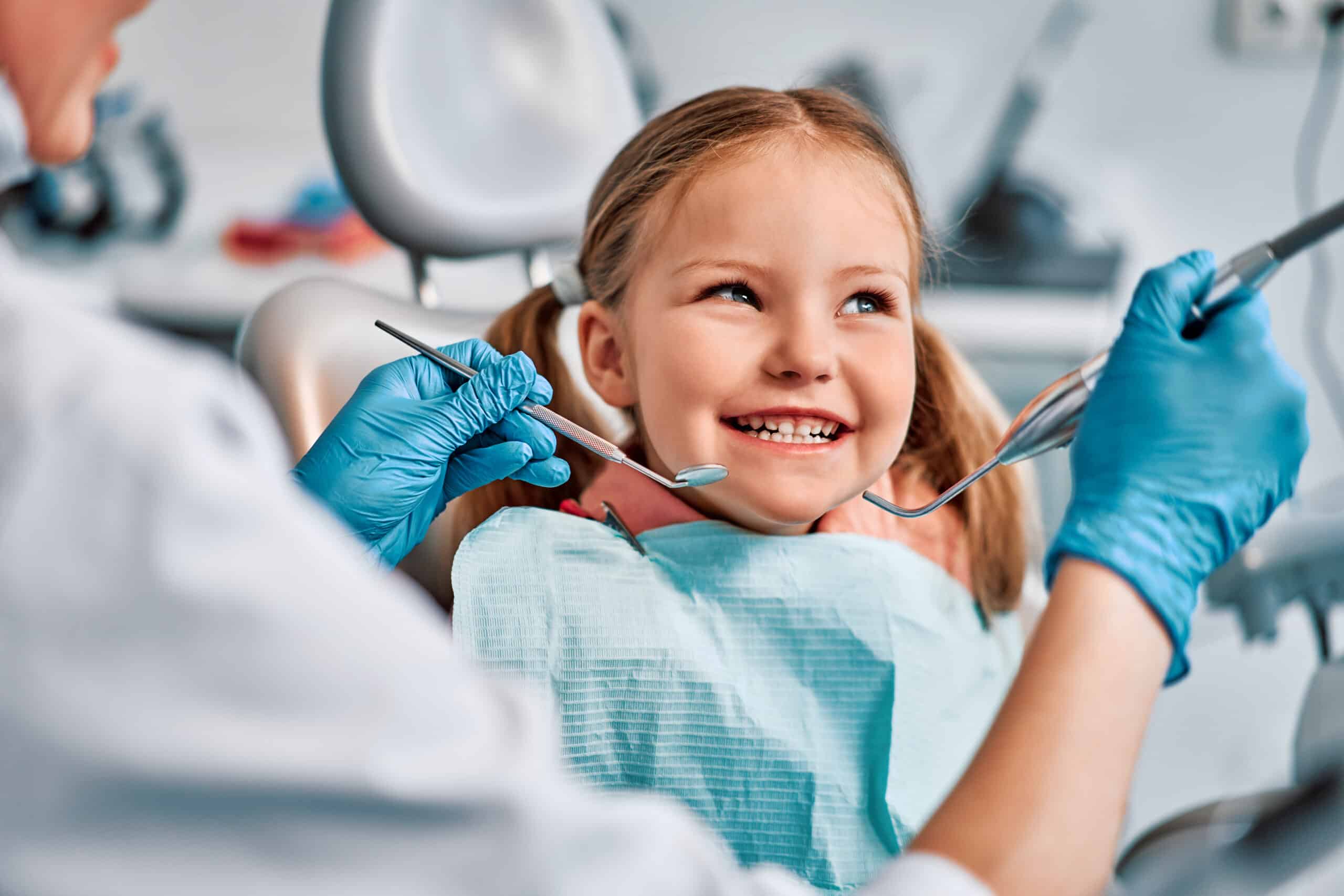
How Often Should You Get Dental X-Rays?
Every smile is different, and so is every patient’s X-ray schedule. The frequency of digital dental X-rays depends on your age, oral health history, and current symptoms.
As a general guideline:
- New patients usually receive a full set of X-rays to establish a baseline.
- Healthy adults may only need X-rays once every 12–24 months.
- Patients with ongoing dental issues or gum disease may require them more frequently.
During your appointment at Mountain View Dental, your dentist will evaluate your specific needs and recommend an X-ray schedule that makes sense for you.
Why We Chose Digital X-Rays at Mountain View Dental
At Mountain View Dental, we believe advanced care and personal comfort should go hand-in-hand. That’s why we invested in digital dental X-ray technology for both our Pleasant View and North Ogden locations.
Traditional X-rays have been a dental staple for decades—but with digital imaging, we’re able to offer safer, faster, and more precise diagnostics. Our patients love the peace of mind knowing they’re exposed to minimal radiation, and our team loves being able to detect issues sooner and treat them more effectively.
We didn’t make the switch to digital X-rays because it was trendy—we did it because it’s better for you.
What to Expect During Your Digital X-Ray Appointment
If you’ve never had a digital dental X-ray before, don’t worry—it’s fast, simple, and pain-free. Here’s what the process typically looks like:

Comfortable Positioning
You’ll either sit in the exam chair or stand, depending on the type of X-ray needed.
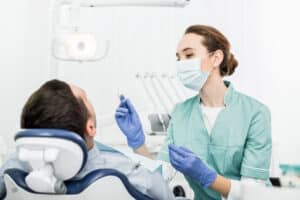
Sensor Placement
A small, comfortable digital sensor will be gently placed in your mouth to capture the image.
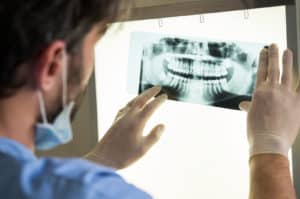
One Quick Click
Within seconds, the image appears on a screen—no waiting, no chemical developing.
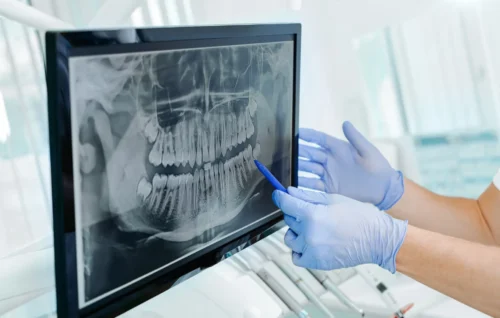
Real-Time Review
Your dentist will review the images with you right away and point out any concerns or areas to watch.
Most appointments take just a few minutes and are over before you know it.
Convenient Digital Dental X-Rays in North Ogden & Pleasant View
Whether you’re new to the area or just looking for a dentist who stays ahead of the curve, Mountain View Dental has you covered. Our state-of-the-art digital X-ray technology is available at both our Pleasant View and North Ogden locations, and we’re proud to offer it as part of our commitment to modern, patient-focused care.
We’re here to protect your smile for years to come—safely, efficiently, and with a friendly touch.
Ready for a Clearer Picture of Your Oral Health?
If it’s been a while since your last dental X-ray—or if you’re ready to experience the speed and safety of digital imaging—schedule your appointment today at Mountain View Dental. Our expert team is ready to walk you through the process, answer your questions, and help you keep your smile in top shape.
Serving Pleasant View & North Ogden, Utah – Call now or book online!
Elevate your dental experience!
Digital X-Rays FAQs
-
What Are Digital Dental X-Rays, and How Do They Work?
Digital dental x-rays use advanced digital sensors to capture detailed images of your teeth, gums, and jawbone. Unlike traditional film x-rays, digital x-rays emit significantly less radiation and instantly transmit high-quality images to a computer for immediate viewing. This technology allows dentists to diagnose oral health issues swiftly and accurately. Learn More -
Are Digital X-Rays Safe for My Teeth?
Yes, digital dental x-rays are very safe. They use up to 80% less radiation compared to traditional film x-rays. Modern digital x-ray technology ensures minimal radiation exposure, making them safe for adults, children, and pregnant women, especially when protective lead aprons and thyroid collars are used during the procedure. Learn More -
What Can Dentists Detect Using Digital Dental X-Rays?
Digital dental x-rays help dentists detect cavities, gum disease, tooth infections, impacted teeth, and bone loss that might not be visible during a regular dental exam. They also provide critical information for planning orthodontic treatments, root canals, dental implants, and other restorative procedures. Learn More -
How Often Should I Get Digital Dental X-Rays?
For most patients, digital dental x-rays are recommended every 12-24 months. However, the frequency depends on your oral health history, age, risk factors for tooth decay, and current dental conditions. Your dentist will recommend an individualized x-ray schedule to maintain optimal oral health and catch potential issues early. Learn More -
Why Are Digital X-Rays Better Than Traditional Film X-Rays?
Digital dental x-rays offer significant advantages over traditional film x-rays, including reduced radiation exposure, instant image viewing, enhanced diagnostic clarity, and easy digital storage. They also support better patient communication, as images can be clearly displayed and explained on-screen, facilitating a greater understanding of your dental health. Learn More
